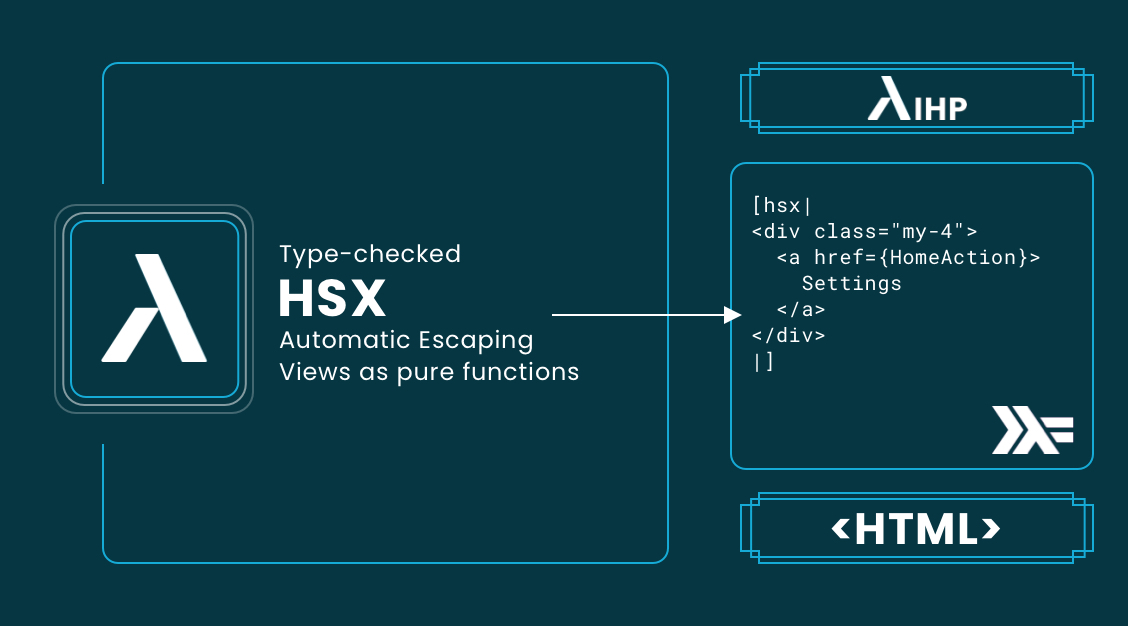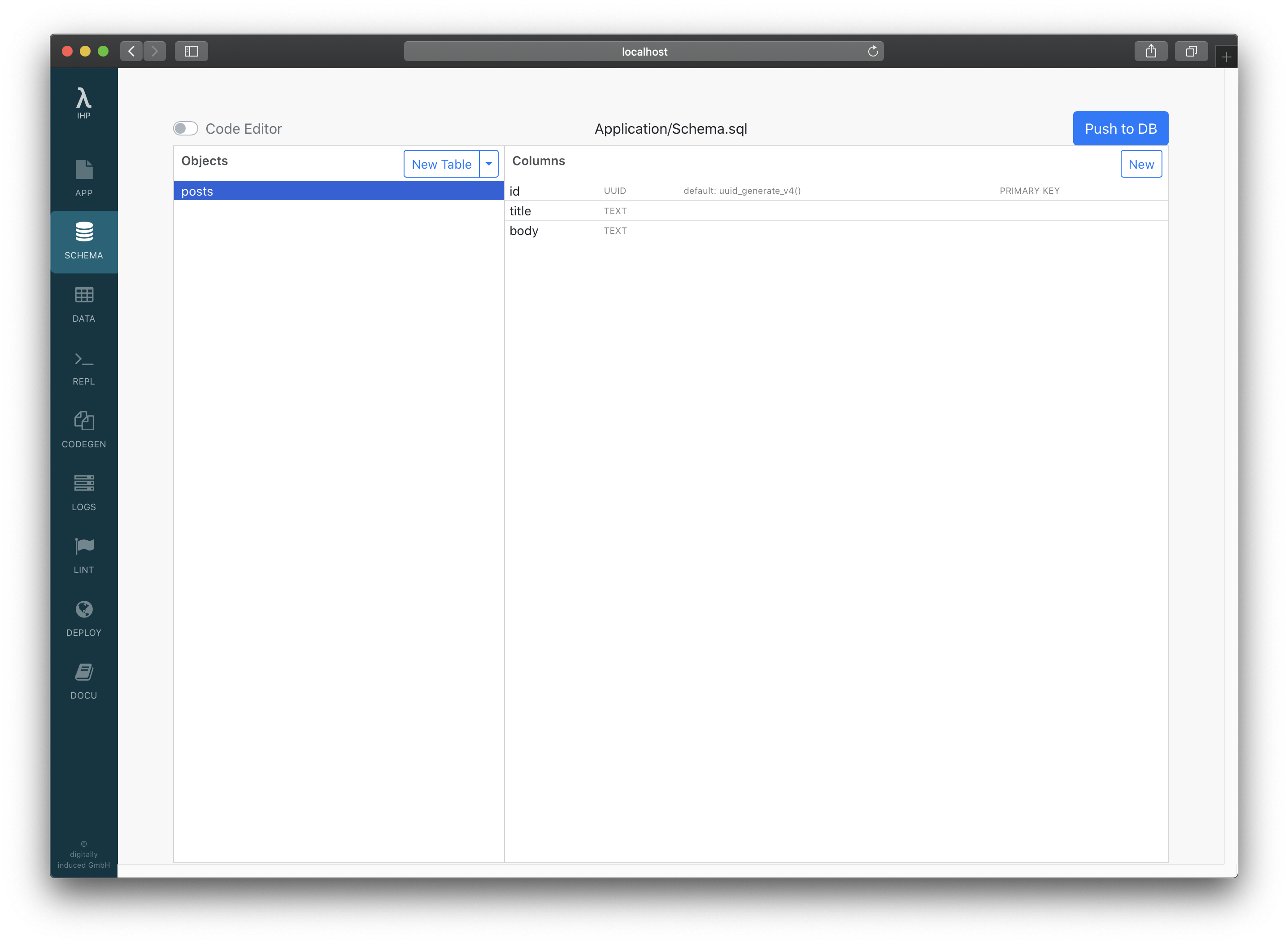Painless Changes when the Requirements change
Thanks to Haskell's industry-leading type system you can confidently make large refactorings.
Typically you don't try to change core data structures in a rails or nodejs project after creating them. This always introduces bugs, so you avoid it, unless the advantages are really big.
With Haskell you have the confidence to change it all. The compiler will guide you through all the changes you need to do. When it finally compiles successfully again, you know it's working. This is something you need to experience once to fully understand!
Start NowBest-in-class Type System!
Move fast, without breaking things
High Velocity, forever
Functional Software Design








